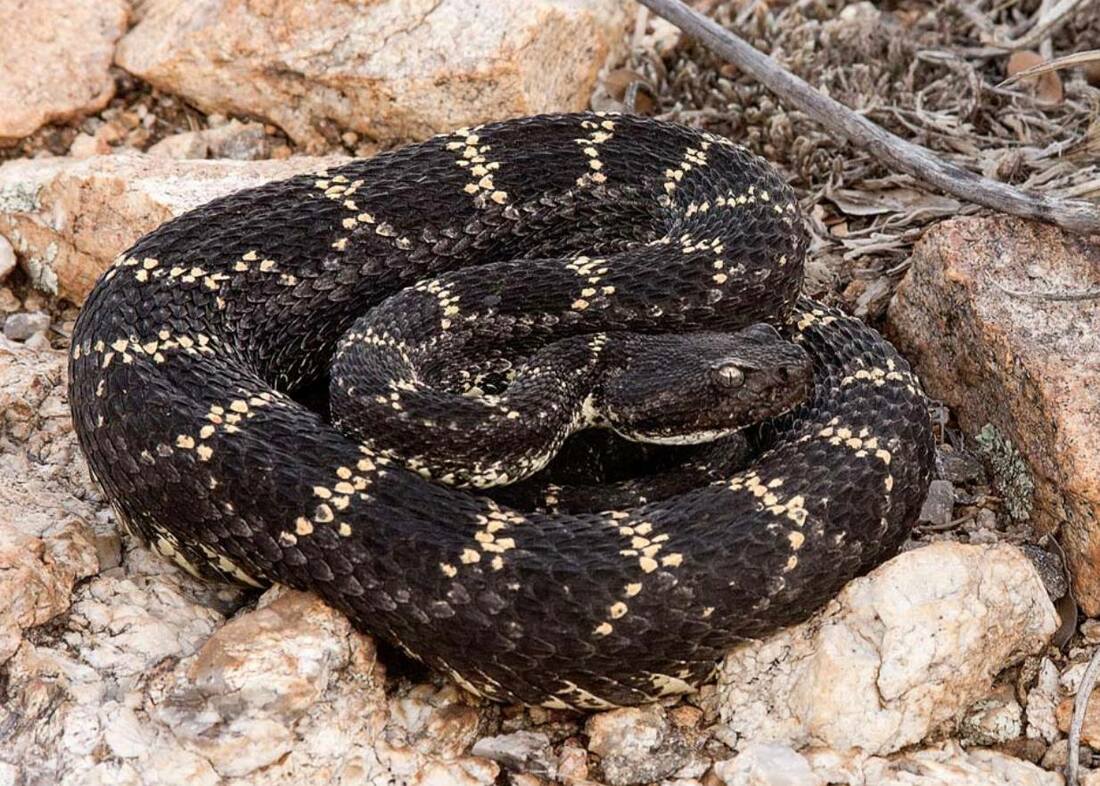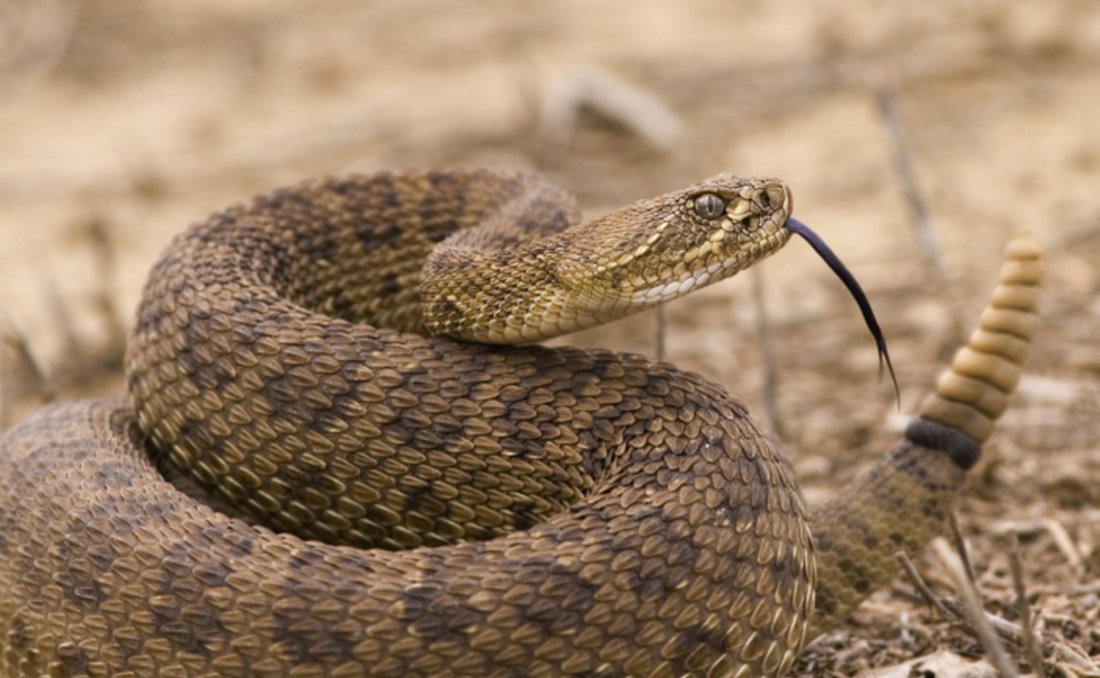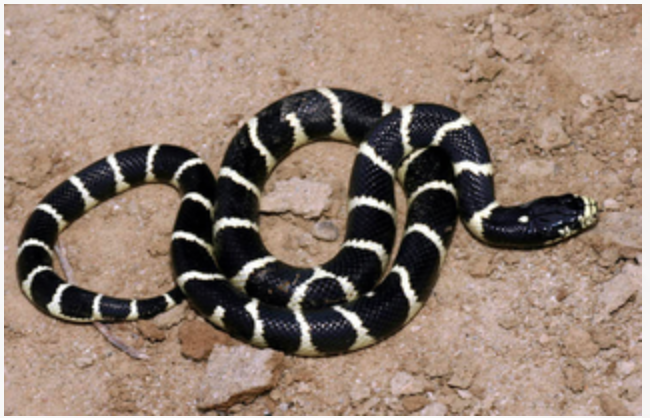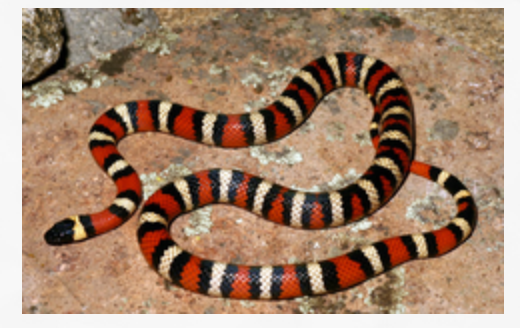This dark colored rattlesnake is a Northern Pacific Rattlesnake - Crotalus oreganus oreganus. One of these has been spotted three times by Sterling Pointe Equestrian Staging. A hiker and close neighbors said these are new to the area, and they have only seen one. But, when the hiker tossed some pebbles to move the snake off the trail, the snake turned and chased him. This is unusual and aggressive behavior, quite unlike our local, larger, light brown and buff colored rattlesnakes, who are easily moved along. Be aware that these darker snakes may be aggressive. Stay away from them.
ORIGINAL POSTING 4/11/2019
A hiker by Sterling Pointe staging at Folsom Lake SRA yesterday saw two rattlesnakes sunning themselves. The snake season is starting, so beware, rattlesnakes are leaving their dens and looking for something to eat and bask in the sun. Hikers should be wearing boots and long loose pants; mt. bikers slow down so you don't run over them (and get bit in the process), and equestrians should really listen to their horses who can hear and smell them way before their riders can.
SNAKE FACTS
Most people bitten by rattlesnakes have inadvertently stepped or ridden over them. They detect movement by sensing vibrations in the ground. Their eyes see well even in low light. Rattlesnake bites can be dangerous but are very rarely fatal to humans. With proper medical treatment, including antivenin, bites are usually not serious.
The smaller the snake, the more deadly, as they haven't learned how to measure out their venom. Young rattlesnakes do not yet have their rattles, though they are as dangerous as adults, according to the National Park Service at Yosemite. Furthermore, some adults may lose their rattles, so it is a good idea look out for the triangular head. And, especially in Folsom Lake and Auburn SRAs, a percentage of the rattlesnakes don't rattle at all.
After the rattle, rattlesnakes’ most distinctive physical feature is their triangular head. Also, they have vertical pupils, like cat’s eyes.
Generation after generation of rattlesnakes will use the same dens, sometimes for more than 100 years. Upon leaving their dens, they like to sun themselves on rocks and other open places. Though they are not nocturnal, in the hot summer months they may be more active at night.
Despite their venom, rattlesnakes are no match for California King snakes, which are fond of putting them on their dinner menus. DON'T KILL CALIFORNIA KING SNAKES! (picture below the rattlesnake.)
Here is a RATTLESNAKE:




 RSS Feed
RSS Feed